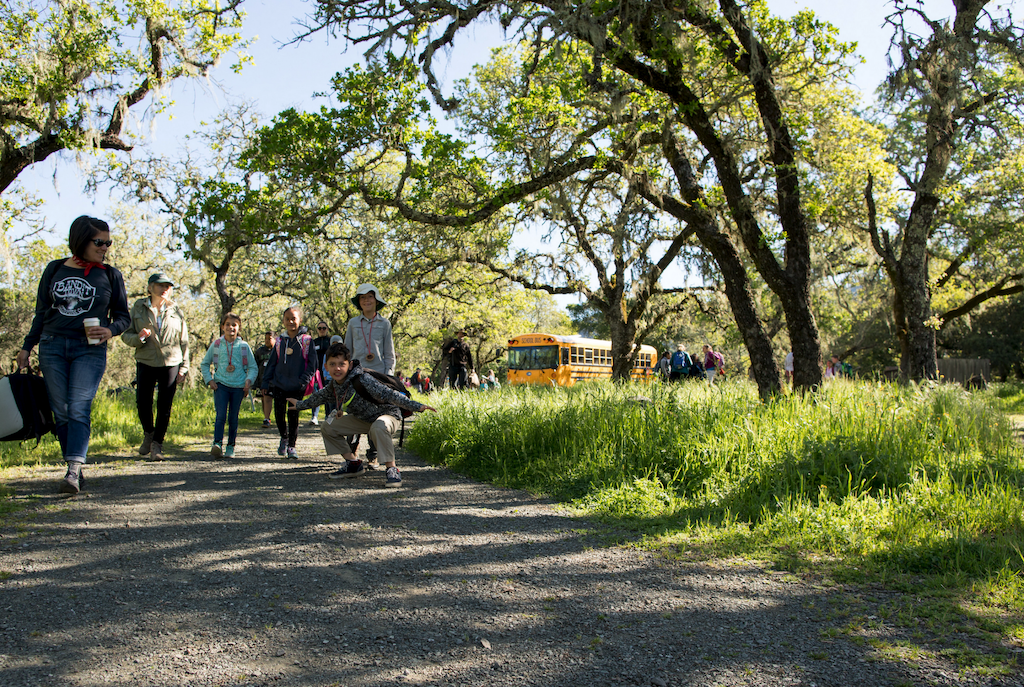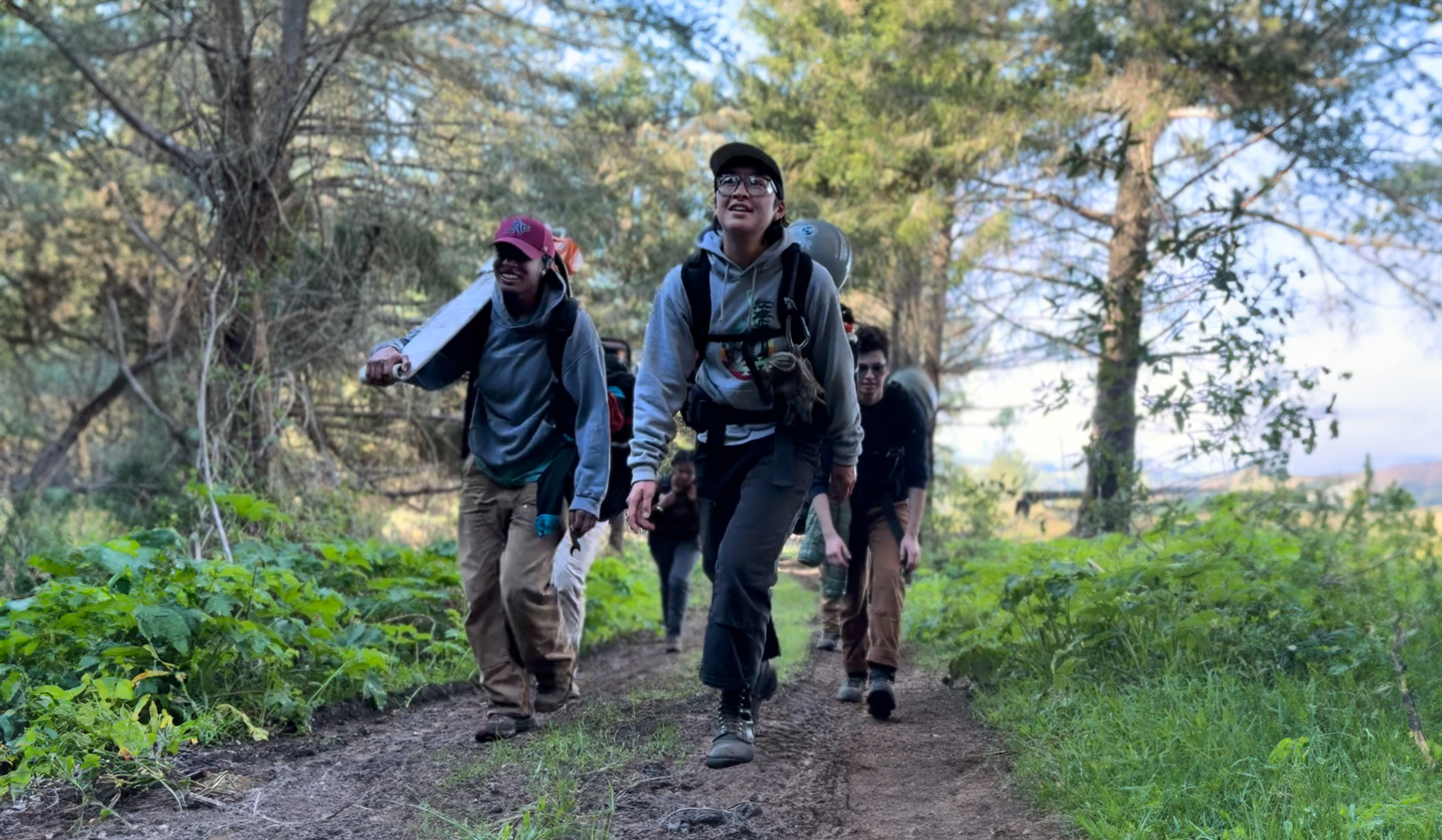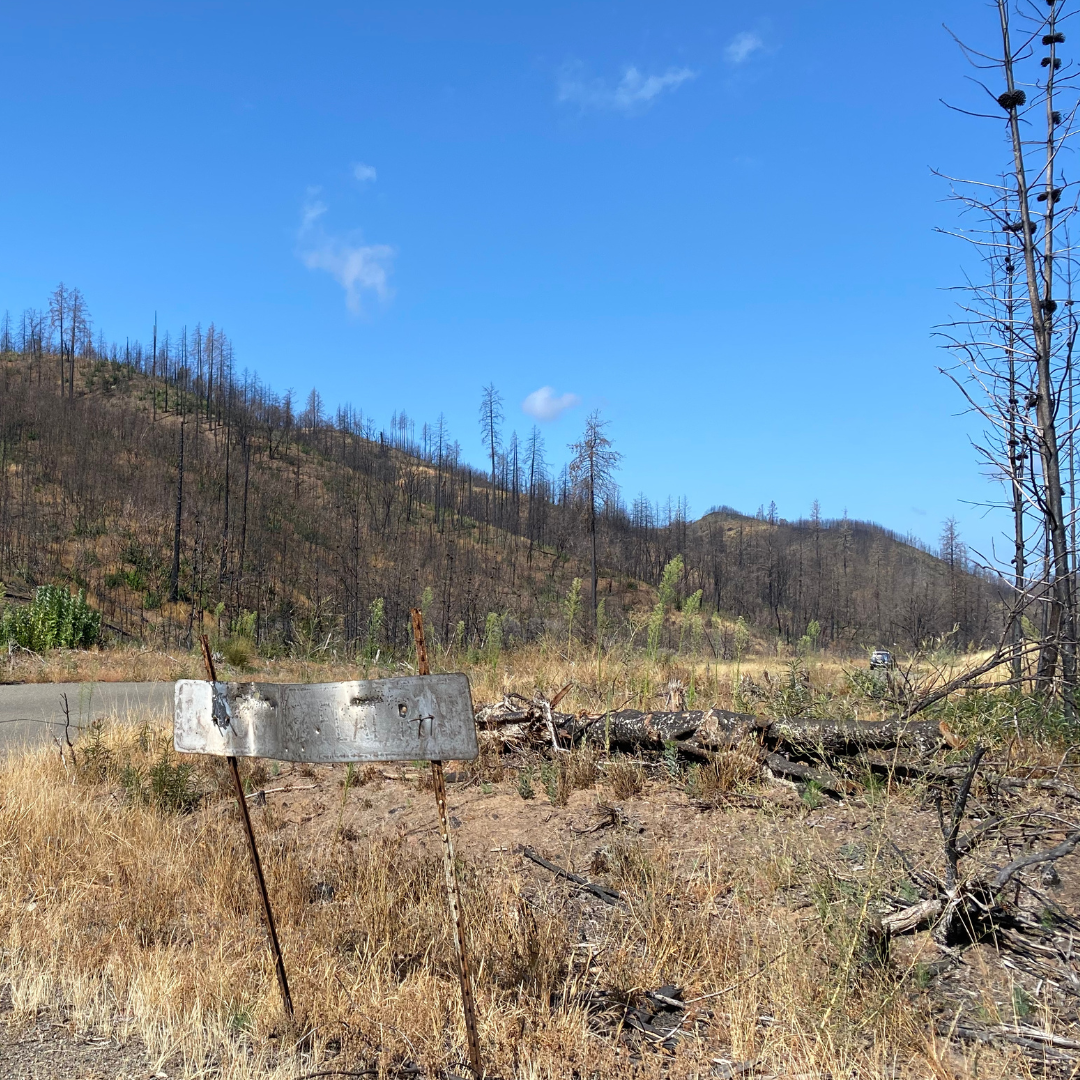Indigenous ecological knowledge guides acorn research
ACR is excited to collaborate with Cal State East Bay professor Tony Marks-Block and UC Berkeley assistant professor, Coast Miwok, and Federated Indians of Graton Rancheria citizen Peter Nelson, on a prescribed fire research project that aims to learn more about the effects of prescribed fire on acorn pests, acorn phenology (the study of the timing of life cycle events), and acorn gathering efficiency.
“Indigenous peoples across California have used fire to reduce acorn pest infestations, thus Indigenous ecological knowledge is guiding the development of research objectives and methods,” explained Marks-Block.
The study will compare acorns collected in prescriptively burned oak woodlands on Bouverie Preserve in Glen Ellen and adjacent woodlands on Sonoma Land Trust’s Glen Oak Ranch that have not been prescriptively burned.
The project is funded in part by the 2021-22 Faculty Support Grant from the Cal State East Bay Division of Academic Affairs. It may extend over several years.

Fire has potential to disrupt pest cycles and support Indigenous foodways
Last week, Fire Forward Fire Ecologist Brian Peterson and Logistics Manager Hannah Lopez helped the research team get oriented on the land. After marking the plots, student research assistants from Cal State East Bay will be collecting acorn data under select trees every week from mid-August to early December.
The goals of this study include comparisons of:
• the timing of acorn drops for acorns with and without pest damage
• pest damage and acorn gathering efficiencies in prescriptively burned oak woodlands and non-burned oak woodlands
• different acorn collection methods.
Using fire as a management tool has the potential to disrupt acorn pest life cycles, allowing for more viable seed as well as to support Indigenous foodways and culture and improve habitat for wildlife. Bouverie Preserve has used prescribed fire on select oak woodland units in 2017, 2019 and 2020.
This project is especially exciting for fire ecologists like Peterson, who see this a step toward an increase in research about the ecological effects of prescribed fire on North Bay habitats.
“It is often difficult to research the effects of prescribed fire because of the multitude of barriers to implementing burns, leaving researchers in the precarious position of planning projects based on a prescribed burn that may never happen once, let alone being able to study the effects of repeated burns,” he explains. “By increasing the region’s capacity to use prescribed fire on specific lands over multiple years, we can benefit from the findings of research like this.”

Prescribed burn photo: Sashwa Burrous




